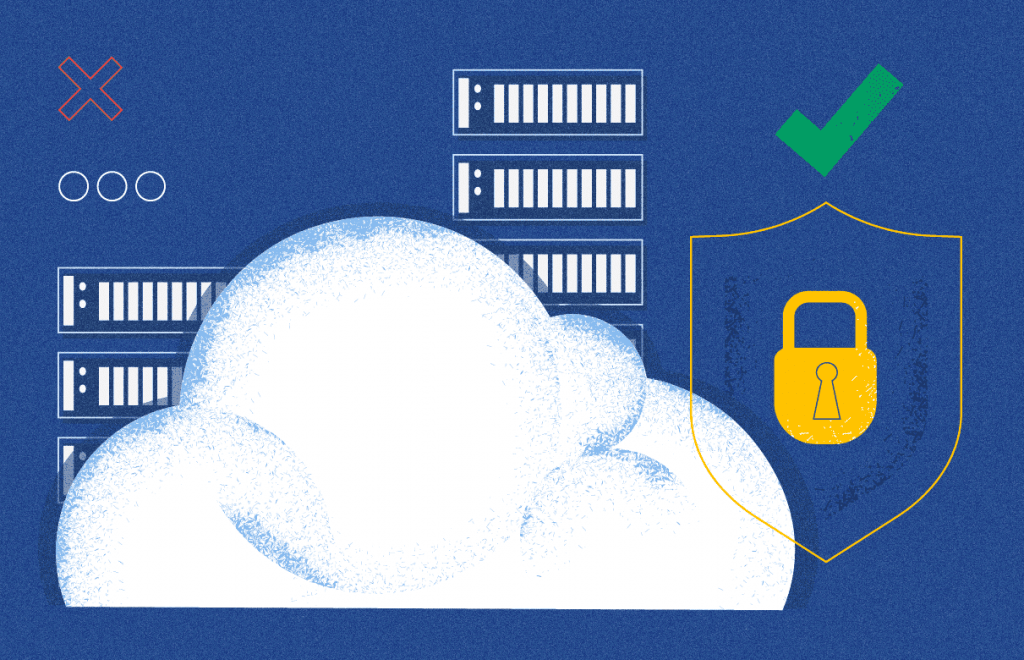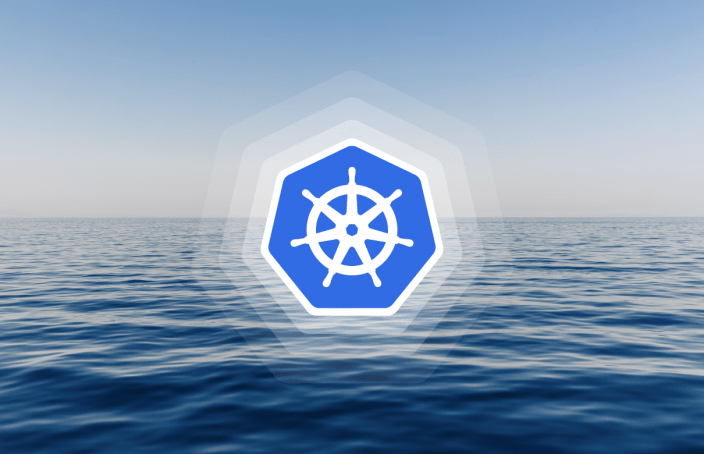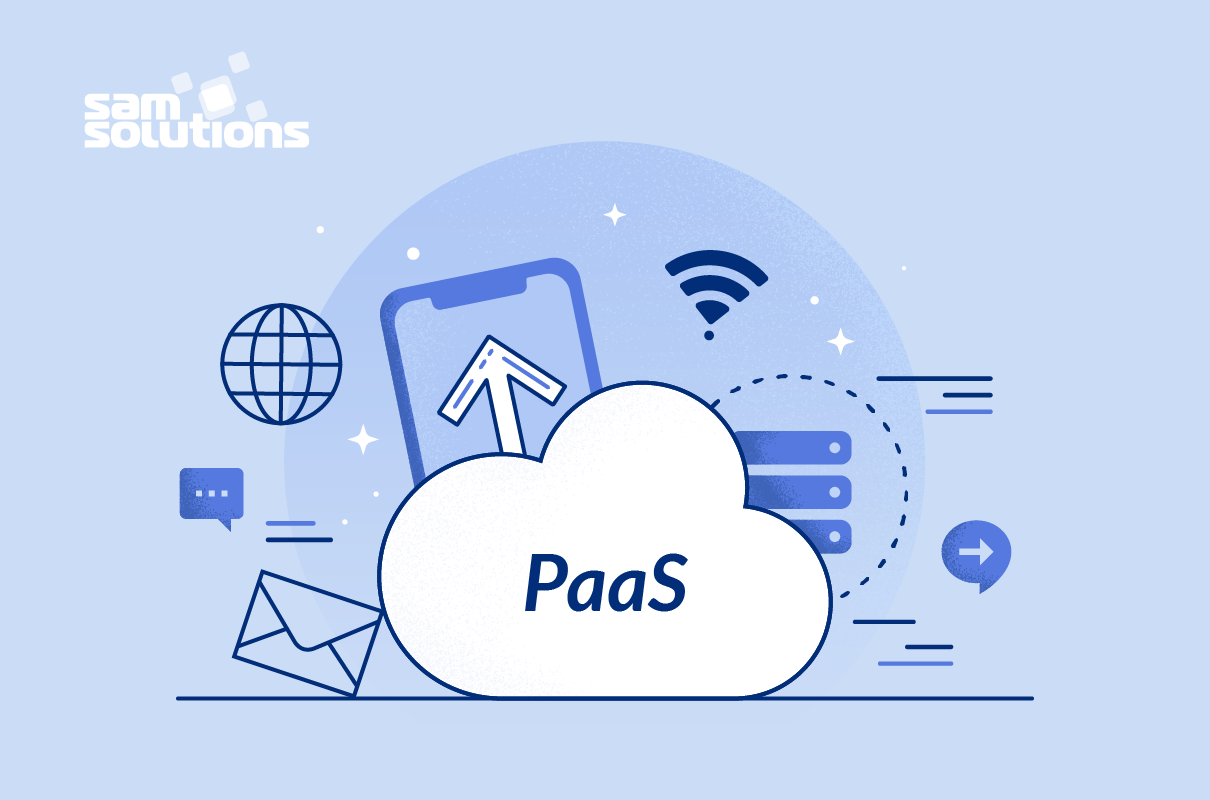Virtualization is the creation of virtual servers, infrastructures, devices and computing resources. Virtualization changes the hardware-software relations and is one of the foundational elements of cloud computing technology that helps utilize the capabilities of cloud computing to the full. Virtualization techniques allow companies to turn virtual their networks, storage, servers, data, desktops and applications.
Drive your digital transformation to the next level with our world-class cloud development services
The Basics of Virtualization
A great example of how virtualization works in your daily life is the separation of your hard drive into different parts. While you may have only one hard drive, your system sees it as two, three or more different and separate segments. Similarly, this technology has been used for a long time. It started as the ability to run multiple operating systems on one hardware set and now it is a vital part of testing and cloud-based computing.
A technology called the Virtual Machine Monitor — also called virtual manager — encapsulates the very basics of virtualization in cloud computing. It is used to separate the physical hardware from its emulated parts. This often includes the CPU’s memory, I/O and network traffic. A secondary operating system that is usually interacting with the hardware is now a software emulation of that hardware, and often the guest operating system has no idea it’s on the virtualized hardware. Despite the fact that the performance of the virtual system is not equal to the functioning of the “true hardware” operating system, the technology still works because most secondary OSs and applications don’t need the full use of the underlying hardware. This allows for greater flexibility, control and isolation by removing the dependency on a given hardware platform.
The layer of software that enables this abstraction is called “hypervisor”. A study in the International Journal of Scientific & Technology Research defines it as “a software layer that can monitor and virtualize the resources of a host machine conferring to the user requirements.” The most common hypervisor is referred to as Type 1. By talking to the hardware directly, it virtualizes the hardware platform that makes it available to be used by virtual machines. There’s also a Type 2 hypervisor, which requires an operating system. Most often, you can find it being used in software testing and laboratory research.
Read also: Best Cloud Computing Service Providers
Virtualization vs. Cloud Computing
Unlike virtualization, cloud computing refers to the service that results from that change. It describes the delivery of shared computing resources, SaaS and on-demand services through the Internet. Most of the confusion occurs because virtualization and cloud computing work together to provide different types of services, as is the case with private clouds.
The cloud often includes virtualization products as a part of their service package. The difference is that a true cloud provides the self-service feature, elasticity, automated management, scalability and pay-as-you-go service that is not inherent to the technology.
Types of Virtualization in Cloud Computing
Here are six methodologies to look at when talking about virtualization techniques in cloud computing:
Network Virtualization
Network virtualization in cloud computing is a method of combining the available resources in a network by splitting up the available bandwidth into different channels, each being separate and distinguished. They can be either assigned to a particular server or device or stay unassigned completely — all in real time. The idea is that the technology disguises the true complexity of the network by separating it into parts that are easy to manage, much like your segmented hard drive makes it easier for you to manage files.
Storage Virtualizing
Using this technique gives the user an ability to pool the hardware storage space from several interconnected storage devices into a simulated single storage device that is managed from one single command console. This storage technique is often used in storage area networks. Storage manipulation in the cloud is mostly used for backup, archiving, and recovering of data by hiding the real and physical complex storage architecture. Administrators can implement it with software applications or by employing hardware and software hybrid appliances.
Server Virtualization
This technique is the masking of server resources. It simulates physical servers by changing their identity, numbers, processors and operating systems. This spares the user from continuously managing complex server resources. It also makes a lot of resources available for sharing and utilizing, while maintaining the capacity to expand them when needed.
Data Virtualization
This kind of cloud computing virtualization technique is abstracting the technical details usually used in data management, such as location, performance or format, in favor of broader access and more resiliency that are directly related to business needs.
Desktop Virtualizing
As compared to other types of virtualization in cloud computing, this model enables you to emulate a workstation load, rather than a server. This allows the user to access the desktop remotely. Since the workstation is essentially running in a data center server, access to it can be both more secure and portable.
Application Virtualization
Software virtualization in cloud computing abstracts the application layer, separating it from the operating system. This way the application can run in an encapsulated form without being dependant upon the operating system underneath. In addition to providing a level of isolation, an application created for one OS can run on a completely different operating system.
Conclusion
If a company decides on whether or not to apply the technology in a company’s IT landscape, we recommend making an in-depth analysis of its specific needs and capabilities, which is better handled by specialists who can address costs, scalability requirements and security needs and implement continuous development.
But also remember that all of these techniques and services are not omnipotent or all-inclusive solutions. Like any other technology, tool or service a business adopts, things can always change.
We develop innovative cloud-based solutions for clients around the world
In this article, we covered what is virtualization in cloud computing, types of hypervisors, different techniques and how to understand that you really need this system in your IT infrastructure. It can be viewed as part of an overall trend in enterprise IT that includes autonomic and utility computing. Usually, it is done by centralizing the administrative parts while improving scalability and workloads, and many businesses derive a lot of benefits from it.
If you need further information or recommendations on the migration to the cloud, contact our team, visit our website or read other articles in our blog.


















 The Latest 15 Information Technology Trends in 2024
The Latest 15 Information Technology Trends in 2024 Top 10 Embedded Software Development Tools
Top 10 Embedded Software Development Tools IaaS vs. PaaS vs. SaaS: What’s the Difference?
IaaS vs. PaaS vs. SaaS: What’s the Difference? 10 Examples of Predictive Analytics
10 Examples of Predictive Analytics











 Web App Development Cost in 2025 [Key Price Factors]
Web App Development Cost in 2025 [Key Price Factors] 13 Best React Development Tools in 2025
13 Best React Development Tools in 2025 Top 10 Mobile App Development Trends 2025
Top 10 Mobile App Development Trends 2025 Top IoT Industry Trends in 2025
Top IoT Industry Trends in 2025 Java Web App Security: Everything You Need to Know
Java Web App Security: Everything You Need to Know
I am regular reader, how are you everybody? This article about Virtualization in CC posted at this website is truly fastidious.
Visualization in the filed of information technology is playing a very important role. There are so many concepts where data visualization works better than the traditional techniques. Thank you very much for explaining cloud computing here. Keep sharing!
It would be good to have a section that defines how to actually estimate what the cost-savings would be for a virtualization project. I think that’s one of the main reasons why companies implement virtualization – maybe a calculator or free estimation tool.
One of the biggest concerns in cloud and virtualization is vendor-lock. Even though it’s becoming less common (because of the rise of hybrid deployments), it’s still something that holds a lot of IT leaders back from pulling the trigger on cloud or virtualization initiatives.
The one part that confuses me is server versus data virtualization. There should be a more in-depth blog that goes over the differences and similarities between data, storage, desktop, and other types of virtualizations…
Back in 2005 the hype was centered around virtualization, similar to how today the hype is all about cloud computing. The industry has evolved so much since then, it’s cool to see how enterprises have changed over to cloud-native or cloud-first strategies.
Was interesting to learn about the difference between type 1 and type 2 hypervisors. It should be mentioned, though, that type 1 hypervisors are also referred to as bare-metal hypervisors – because it’s able to directly access the actual hardware with no need for software.
Learning about virtualization techniques at the moment and this blog helped me out a lot, especially going into network virtualization (which is what I’m researching at the moment). Specifically on segmenting networks into easily manageable sections.
I honestly thought that virtualization and cloud computing were the same thing – now I know better! Also didn’t know that there were so many different types of virtualization..networking, storage, desktop, etc. – that’s a lot.
Would’ve been interesting to learn more about each type of virtualization. Was really hoping it would cover more on application virtualization, that’s what I was looking for in my search. Still a decent blog though.
I’m wondering what the main difference between data virtualization and storage virtualization is? I was under the impression that the two were interchangeable with one another. Maybe data virtualization is for a more specific utilization?
Very cool to finally see a good blog about the basics of virtualization, especially how it works with cloud computing. This was an awesome blog on the topic. The part about hypervisors was particularly interesting to me.
In this article, we get to know that what a virtualization is in cloud computing, types, different techniques and how to know if you need this system in your IT infrastructure
Really great article.i got a more information from this article. you explain the virtualization in cloud computing is very well!!!!!!i want more information from this article oriented so you send me .